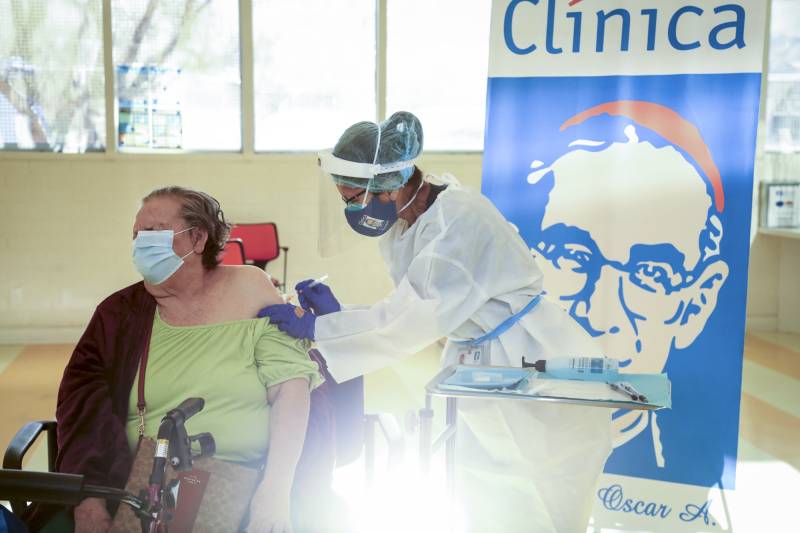When Dr. Yohualli Anaya first noticed a lack of representation of Latina physicians in the U.S., she hoped to discover a different outcome when she embarked on a similar study — this time looking at California demographics. Latinos make up nearly 40% of the state’s population.
California Faces Severe Shortage of Latinas in Medicine, UCLA Study Finds

Anaya, the lead author of a new report published this month by UCLA’s Latino Policy and Politics Institute, found “disappointing” results when further examining nationwide trends.
“A reminder of the work that still needs to be done,” said Anaya, an associate professor of family medicine and community health at the University of Wisconsin-Madison. “There are so few of us that are in the clinic exam rooms with our patients, in the medical schools teaching our medical students. It’s something that I encounter on a day-to-day basis. It’s constantly being reminded of the lack of representation of Latina physicians.”
The study, which draws on census data from 2014–18, finds Latinas accounted for nearly 3% of California doctors. That’s slightly higher than the nationwide number at 2%.
Another detail that stood out to Anaya is that Latina physicians were almost 36 times more likely to speak Spanish at home compared to non-Hispanic white physicians.
“This is about ensuring equitable health care delivery for all populations. And Latino populations certainly deserve to have equitable health care delivery,” she said.
Anaya spoke more about the study’s results and what can be done to improve the shortage with KQED’s Alexander Gonzalez. Their conversation was edited for brevity and clarity.
Alexander Gonzalez: Why are we seeing these numbers? What’s driving this?
Dr. Yohualli Anaya: It’s a multitude of things that are leading to this lack of representation. In the report, I highlight the different stages of the educational pathway where we can do some interventions to improve these numbers. We really need an approach that is addressing each of these levels because doing one or the other is going to be insufficient. We have been making some efforts and yet our efforts have been insufficient thus far.
It sounds like this is a really systemic issue and it’s going to take looking at people’s education as young as high school. Is that fair to say?
I would say even earlier, from an early age. So, if we invest in the quality of the education that our students are receiving, then we’re going to have students that are even more qualified and better prepared to enter college, succeed in college [and] enter medical school.
The tuition for medical education is typically steep. How much of the issue is related to costs based on the numbers reported in this study?
It is definitely a contributor. And if we are thinking about being inclusive in our recruitment rates, we want students and physicians who represent the full scope of the patients we’re taking care of. And that not only includes diversity in race and ethnicity, that also includes diversity in socioeconomic status.
Let’s say we want more students who are of immigrant background, who are first generation; these students are likely to be affected by socioeconomic disadvantage. They’re likely to be underrepresented in medicine. They’ve also been shown in research to practice in underserved communities. So supporting students in community college, supporting students who are underrepresented minorities with scholarships, with programs for extended research opportunities, and ensuring their success through their undergraduate career is going to then funnel additional students into medical school.
What’s another recommendation for helping improve the shortage?
We are at risk of losing a number of both students and existing health care workers in the workforce if we lose the ability for students to have DACA (Deferred Action for Childhood Arrivals) and maintain work authorization and stay in the educational pathway. Protecting the ability of undocumented students to pursue and study and practice medicine in the United States is going to ensure that we continue to build our numbers and that we don’t lose numbers when we already don’t have numbers to lose.